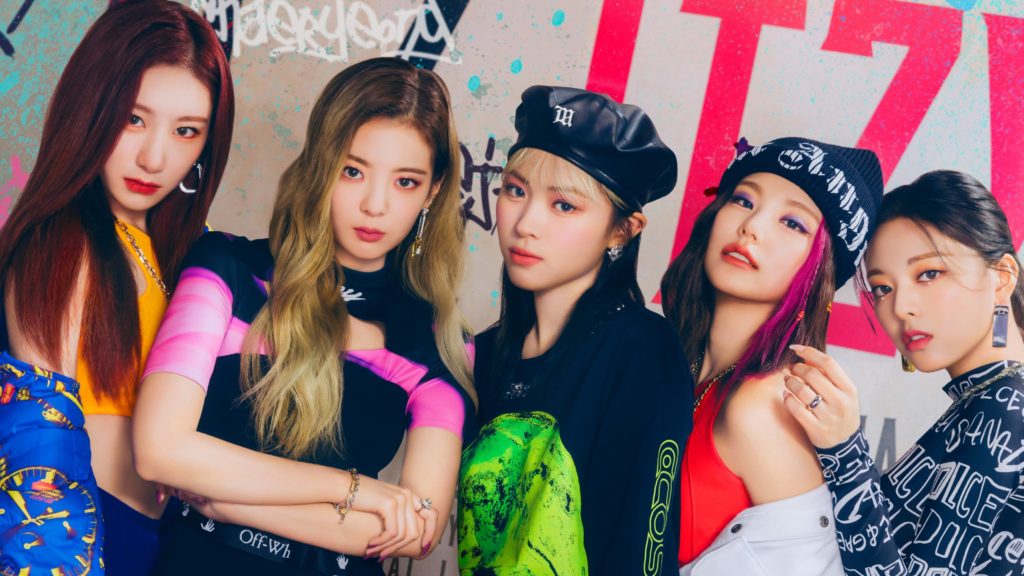The K-Pop Phenomenon Explained

Hallyu or the Korean wave has taken the world by storm. From K-pop to K-Drama to K-beauty to Korean food everything has become a staple for people everywhere. At the center of it is K-pop or Korean Popular Music as it is popularly known. It is a music genre originating in South Korea which includes many genres and musical elements under its umbrella.
For those audiences learning about K-pop for the first time, this particular music discovery probably feels like missing the boat on a voyage you didn't know was taking off.
It has recently become a global phenomenon due to its distinctive mix of addictive tunes, mind blowing choreography and eye-catching backdrop summing up a perfect formula for success.
K-pop offers a genre-less alternative: constant stimulation, euphoria delivered in eight to 10 melodies and fantastical harmonies in a single track.
K-Pop was first conceptualised in the 1990’s and since has been influenced by music styles from all over the world. The first boy band to make a huge sensation in South Korea were Seo Taiji and the boys when they performed on 11th april 1992 on live TV show. Known for being the pioneers of introducing rap in k-pop, their first album “Nan Arayo”(I Know) though not popular among the jury was a successful hit among the public.This led to a sudden surge of many K-Pop groups in the late 1990’s.
H.O.T(Highfive Of Teenagers) were the first “idol” based K-pop band to make news on a larger scale. Known for starting the og K-pop culture, their success formulas are used even today by the new gen trainees.

After this many bands and even solo artists gained popularity, like BoA, Girl’s Generation, Rain, IU and so on and on goes the list.
The first international mass level K-Pop breakout was when PSY’s “Gangnam Style” hit during the 2012 summer. Since then the world just cannot get enough of K-Pop.
These “idols” or “ members” are signed by agencies and trained thoroughly for a number of years in music, dance and language. The artists have strenuous daily training routines for several hours a day even after debuting.
Success of a K-Pop song cannot be just linked to just its mesmerizing lyrics and tunes, it has multiple contributing factors. K-pop choreographies rely on hard-hitting, synchronized movements, with members switching positions multiple times in a routine. The movements are also planned to be repetitive and addicting to look at, matching the concept of each song. There is usually a lot of effort put into making the MVs look cool and high quality, even when it’s just the member/’s dancing. Adding eye popping costumes and dazzling backdrop concepts to that makes it a complete knockout.
K-pop music is also used in series and movies. Many bands have also collaborated on albums with international singers.
BTS or Bangtan Sonyeondan are currently the most followed and loved bands today. Debuted in 2013, they have been awarded with multiple awards globally. A 7 member boy band, originally they mostly focused on hip hop but eventually diversified their music eventually. In 2017 they started working with the UN on the #LoveYourself #ENDviolence campaign, spreading the message of self love and ending violence for the young generation through music. They also performed at the recent UN General Assembly.

Blackpink is a 4 member girl band that debuted in 2016 and instantly hit the billboards. Known for styling their videos with multiple concepts, their music depicts independence and vulnerability, bilingual lyrics, and undeniable stage presence. Performing during Coachella, teaming up with international artists like Dua Lipa, Lady Gaga, Cardi B and Selena Gomez, a Netflix documentary on them they have come a really long way.

ITZY and ATEEZ are two of the up-and-coming girl and boy bands of Gen Z. Within a year of debuts both bands have shown immense capability and a promising new age k-pop music.


Read about: Searching Kim Jong Chol: A story of rock, roll, and the heavenly music of Clapton






Comments